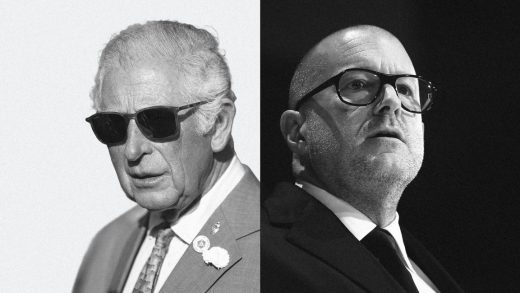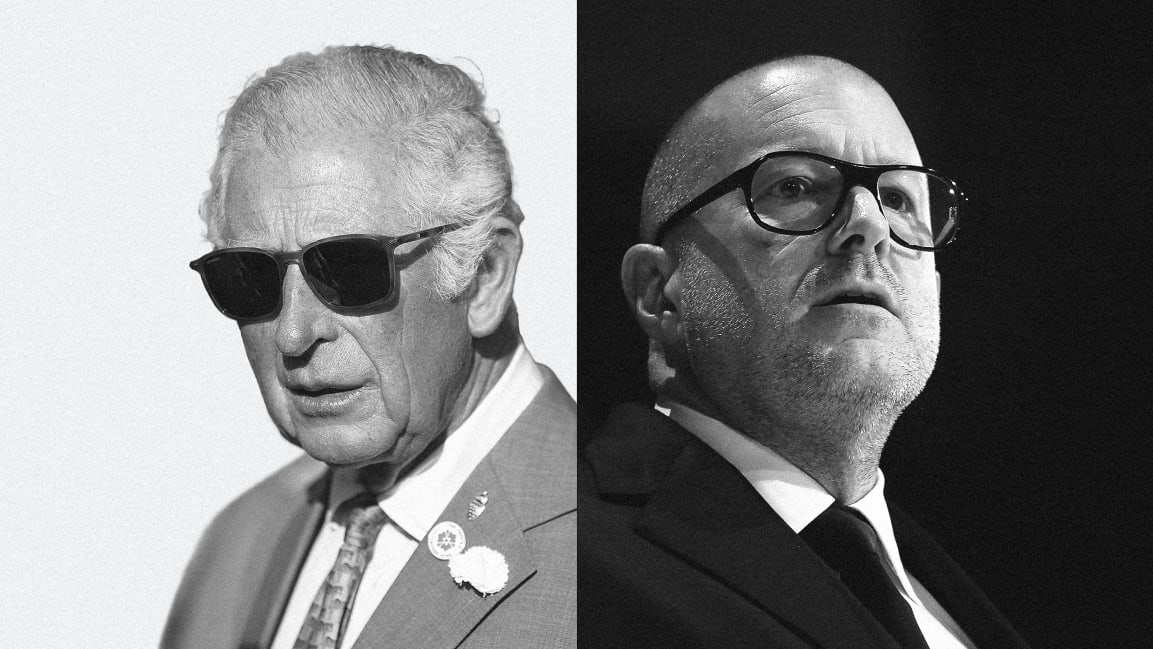Prince Charles and Jony Ive launch a new design lab backed by Amazon
Saving the environment is one of the most pressing design challenges of our time. And with just 100 days before the UN’s COP26 climate conference—where the world will convene to discuss action on climate change—the most prominent designer of our time has made a big announcement.
Sir Jony Ive is partnering with Prince Charles to open a design lab through London’s Royal College of Art. Called the Terra Carta Design Lab, its goal is to work with students to “create small designs that can make a big impact for the world’s transition to a sustainable future,” according to the press release.
The lab stems from the Terra Carta (which means “Earth Charter” in Latin). It’s a 17-page environmental charter also backed by Prince Charles and designed by Ive. Released earlier this year, it provides an environmental innovation framework to be backed by $10 billion in planned investments raised from the private sector. The lab itself is being funded by investments from Octopus Energy, the Islamic Development Bank, and Amazon.
The lab is separate from Ive’s commercial enterprise, his burgeoning design studio LoveFrom. The Terra Carta Design Lab invites all of RCA’s more than 2,300 students, ranging from designers to artists to architects, to create “high impact, low cost solutions for Nature, People, and Planet.” Both Ive and Prince Charles will help pick the top projects coming out of the lab, while Ive will advise on the most promising projects.
Topics that students will address include reducing greenhouse gases, increasing biodiversity, and supporting environmentally focused economic development for developing countries.
The partnership might seem surprising, given Prince Charles’s historically conservative views on modern architecture. However, students in RCA’s design program regularly conceive of some of the most radical and thoughtful sustainable-design concepts developed each year. The new design lab appears to be something of a lens, focusing students even more toward environmentally positive projects. Meanwhile, the Terra Carta Design Lab’s corporate partners stand by with the resources and reach to scale some of the lab’s best ideas.
How the lab works: Students will develop and submit design ideas. Then by November, RCA will pare down all student submissions to the top 16 finalists, to be announced at COP26. An unspecified number of winning designs will be chosen to receive funding in 2022, along with access to private partners and personal mentorship from Ive himself.
While it’s impossible to predict what sort of impact can come out of any one educational program or design lab, the Terra Carta Design Lab seems like it will be impossibly enticing to many young design students.
In some ways, I’m less curious about what we will see funded in 2022 than by the movement that could grow over several years’ time, as more talented and ambitious young creatives are drawn to the mission of the program. Technologists graduating from places like the MIT Media Lab have had access to short-tracked corporate funding for years. Bringing this sort of opportunity to environmental design might just be a way to get more promising minds working on one of the most urgent problems of our time.
(44)



